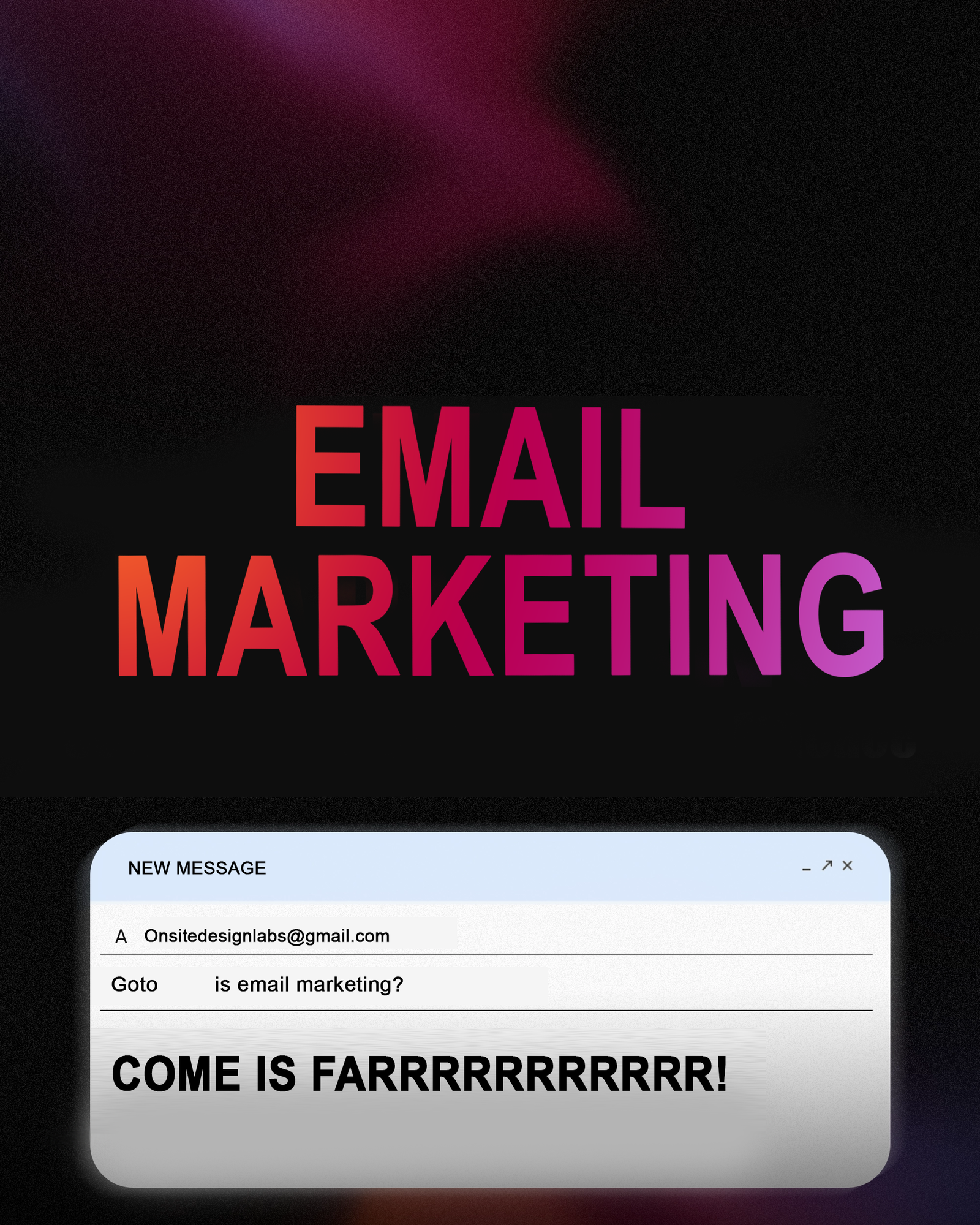Introduction to Email Marketing
Email marketing continues to be one of the most powerful tools for reaching customers and increasing conversions. Over the years, I have seen how well-structured email campaigns can make the difference between a mediocre marketing strategy and a high-performing one. Email marketing not only allows you to maintain direct communication with your audience, but it also offers you one of the best opportunities for personalization and measurement of results. And in this article we will see the foundation of these statements.
Why is Email Advertising Still Effective?
In the meantime, let’s start by debunking a bad belief that has made its way into the marketing field. Because despite the increase in new digital platforms, email marketing remains essential for many companies. This is because it offers some unique advantages:
- Direct Audience Access: An email campaign arrives directly into customers’ inboxes, making the message much more personalized than other channels.
- High Return on Investment (ROI): According to HubSpot statistics , every euro spent on email marketing can generate up to 42 euros in return, making it one of the most cost-efficient channels.
- Personalization and Segmentation: Email campaigns allow you to segment your audience and send highly targeted messages based on specific interests and purchasing behaviors.
But above all because all this is extraordinarily measurable since every opened email sends an opening confirmation package. Furthermore, inside it you can attach links, images and everything we need to entice the customer. But we’ll talk about that in a bit.
Key Elements to Create an Effective Email Marketing Campaign
1. Build a List of Qualified Contacts:
Before sending any email, it is essential to have a list of qualified contacts interested in your brand. To do this you will have to set up advertising campaigns, create visibility or if you already have visibility, set up a form that collects them. Make sure that the audience has expressed consent to receive communications from you. Do not buy ready-made email lists, do not try in any way to speed up this step. It will not help. This not only improves opening rates, but also keeps you in compliance with GDPR regulations.
2. Write an Effective Subject:
The subject of the email is the first thing the recipient will see, it is something that is always very underestimated. I continue to read titles that perhaps had a certain effectiveness in the 90s others that instead seem to promise the moon and will suffer the opposite effect precisely because they are not credible. So try to think of an article that must be captivating, realistic and invite opening. Include action words, keep it short and personalize it, for example with the name of the recipient.
3. Design an Engaging Layout:
A well-structured design is essential to ensure that the message is clear and easy to read. Use prominent headlines, images, and calls-to-action (CTAs). CTAs should guide the reader to the desired action, such as clicking a link, downloading a document, or making a purchase.

Personalize and Segment Campaigns
One of the biggest benefits of email marketing is the ability to personalize messages and segment your audience. Here’s how you can do it:
- Segment by User Behaviors: You can create segments based on past behaviors, such as previous purchases or interactions with your website.
- Personalize Content: In addition to using the recipient’s name, you can personalize the entire email content based on segments, displaying offers or content that match the reader’s interests.

Measure and Optimize Results
One of the best features of email marketing is its measurability as I told you at the beginning of the article. And in particular, marketing experts are interested in 3 of them. Here are some key metrics to monitor:
- Open Rate: This metric tells you how many recipients opened your email. A low open rate could mean your subject line wasn’t compelling enough. It will help you figure out if you’re still in the 90s or if you’re projecting titles that aren’t realistic enough.
- Click-Through Rate (CTR): The CTR shows how many people clicked on one of the links in the email. A high CTR indicates that the message was relevant to the recipient. This metric will be essential to understand if the content of your email is working.
- Conversion Rate: This metric measures how many people completed the desired action, such as a purchase or registration for a webinar. The last essential data to understand if the email had the desired effect. This is in all respects an ROI (Return of Investment) because in this data there is all the effort of the campaign.
Use these metrics to continually optimize your campaigns. Test different variations of subject lines, content, and CTAs to understand what works best for your audience.
Useful Tools for Email Marketing
I offer you access to some tools that could make this job easier for you. At least the ones I have used and found to be good. I know that many others have come out and I would be happy to try them if you want to share them with me in the comments.
- Mailchimp: One of the most popular email marketing tools, with advanced automation and analytics features.
- ActiveCampaign: Offers a complete solution for email marketing, automation and CRM.
- HubSpot: An all-in-one platform for marketing, sales, and customer service, with powerful email marketing and automation capabilities.
Conclusion and start of works
Email marketing remains an essential part of a well-structured digital marketing strategy. Creating a successful campaign requires a mix of accurate segmentation, content personalization, and consistent measurement of results. If implemented correctly, it can bring extraordinary results in terms of conversions and customer loyalty.



